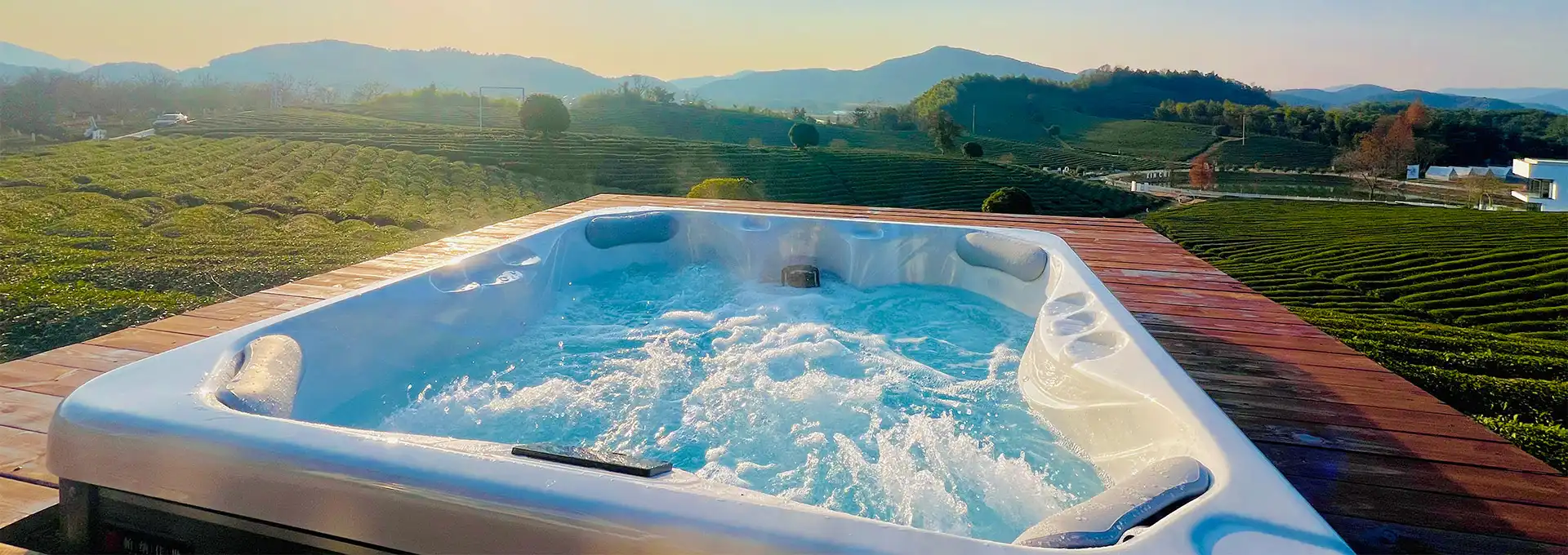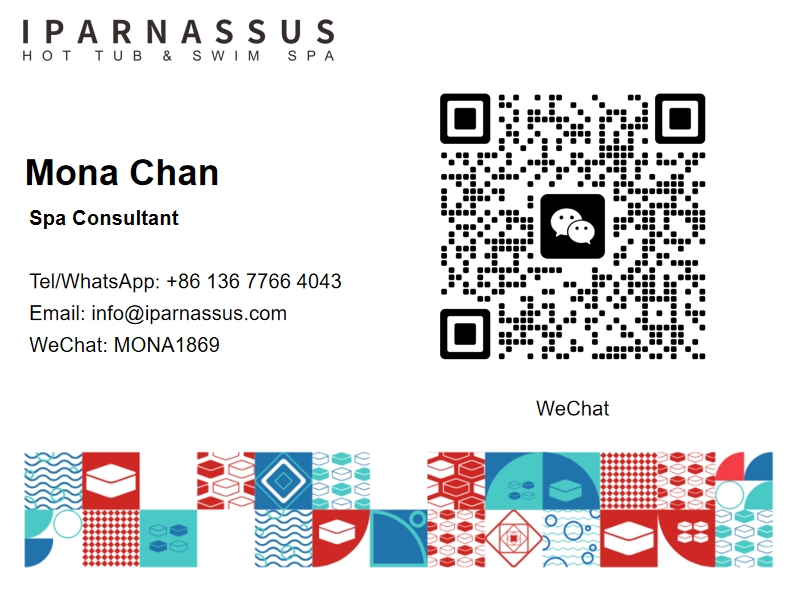Cold Plunge vs. Ice Bath: Key Differences?
2025-07-19 21:01:31
Understanding the distinctions between cold plunge therapy and ice bath treatments has become increasingly important as both methods gain popularity in wellness and athletic recovery communities. While these two forms of cold water therapy share similar therapeutic benefits, they differ significantly in equipment requirements, temperature control, convenience factors, and overall user experience. A cold plunge typically involves immersing your body in water that is chilled to temperatures between 50-60°F using dedicated temperature-controlled equipment, while ice baths require manually adding ice to achieve colder temperatures ranging from 33-50°F. These fundamental differences impact everything from initial investment costs to daily maintenance requirements, making the choice between cold plunge systems and traditional ice baths a crucial decision for anyone serious about incorporating cold therapy into their routine. By examining the key distinctions in temperature management, equipment needs, and practical considerations, individuals can make informed decisions about which cold water therapy method best aligns with their goals, budget, and lifestyle preferences.
What Are the Equipment and Setup Differences Between Cold Plunge and Ice Bath?
The equipment requirements represent one of the most significant differences when comparing cold plunge systems to traditional ice bath setups. A cold plunge involves dedicated tubs or tanks with built-in temperature control systems, featuring sophisticated chillers that maintain precise water temperatures without requiring manual intervention. These systems typically include advanced filtration mechanisms, digital temperature displays, and automated circulation pumps that ensure consistent water quality and temperature throughout each session. The installation process for cold plunge equipment often requires electrical connections and proper drainage considerations, but once established, these systems operate with minimal daily maintenance requirements.
Traditional ice bath setups offer a markedly different approach to achieving cold water therapy benefits. An ice bath involves immersing the body in a container filled with cold water and ice cubes, requiring users to manually add ice to achieve and maintain desired temperatures. This method typically utilizes basic containers such as bathtubs, stock tanks, or portable tubs without any mechanical cooling systems. The simplicity of ice bath equipment means lower upfront costs and no electrical requirements, making them accessible for users with limited budgets or those wanting to experiment with cold therapy before making larger investments in specialized equipment.
The convenience factor heavily favors cold plunge systems when examining long-term usability and consistency. Cold plunge equipment eliminates the need for continuous ice procurement, storage, and manual temperature management, allowing users to begin sessions immediately at their preferred temperature settings. The built-in filtration systems extend water usage periods significantly, often maintaining clean water for weeks rather than requiring complete water changes after each session. Conversely, ice bath approaches demand ongoing ice purchases, storage space for ice supplies, and frequent water replacement due to the absence of filtration systems, making them more labor-intensive but potentially more cost-effective for occasional users seeking basic cold exposure benefits.
How Do Temperature Control and Consistency Differ in Cold Plunge vs Ice Bath?
Temperature precision distinguishes cold plunge systems from ice bath methods in fundamental ways that directly impact therapeutic effectiveness and user experience. Cold plunge equipment typically maintains water temperatures between 50-60°F with digital precision, allowing users to set exact temperatures and rely on automated systems to maintain consistent conditions throughout entire sessions. The sophisticated chiller technology eliminates temperature fluctuations that might otherwise disrupt the cold therapy process, ensuring that each session delivers identical physiological responses. This precision proves particularly valuable for individuals tracking specific recovery protocols or conducting contrast therapy routines that require exact temperature transitions.
Ice bath temperature management presents inherent challenges related to consistency and control that users must navigate through experience and careful monitoring. The manual addition of ice to achieve target temperatures typically results in water ranging from 33-50°F, with the exact temperature depending on ice quantity, ambient conditions, and individual mixing techniques. Temperature variations occur naturally as ice melts throughout sessions, creating gradual warming that may require mid-session ice additions to maintain therapeutic ranges. While some practitioners appreciate this dynamic temperature experience, others find the unpredictability problematic for structured recovery protocols requiring consistent cold exposure.
The relationship between temperature stability and session quality becomes particularly evident when examining extended cold therapy practices. Cold plunge systems maintain stable temperatures regardless of session duration, allowing users to focus entirely on breathing techniques, mental resilience training, and therapeutic benefits without temperature-related distractions. Ice bath temperature management requires ongoing attention to melting ice and warming water, potentially disrupting the meditative aspects of cold therapy that many practitioners value. However, the intense initial cold shock from freshly prepared ice baths can provide more dramatic physiological responses, appealing to individuals seeking maximum cold stress activation in shorter time periods.
Which Method Offers Better Cost-Effectiveness and Long-Term Value?
Initial investment considerations reveal stark differences between cold plunge systems and ice bath approaches that significantly impact long-term financial planning for cold therapy enthusiasts. Cold plunge equipment typically requires substantial upfront investments ranging from several thousand to tens of thousands of dollars, depending on features, capacity, and build quality. These systems include sophisticated chillers, filtration components, insulated tubs, and digital controls that justify higher initial costs through advanced functionality and convenience features. However, operational costs remain relatively low after installation, requiring only electrical power for chiller operation and occasional filter replacements, making them financially attractive for daily users committed to long-term cold therapy practices.
Ice bath methods offer immediate affordability that appeals to budget-conscious individuals or those exploring cold therapy benefits before committing to larger investments. The basic equipment costs for ice baths remain minimal, often utilizing existing bathtubs or purchasing simple containers for under a few hundred dollars maximum. However, ongoing operational expenses accumulate quickly through regular ice purchases, with dedicated practitioners potentially spending hundreds of dollars monthly on ice supplies depending on session frequency and local ice costs. The cumulative effect of these recurring expenses often exceeds cold plunge equipment costs within the first year of consistent use, making ice baths potentially more expensive long-term solutions despite lower barrier-to-entry costs.
Value propositions extend beyond pure financial considerations to encompass convenience, consistency, and overall user experience factors that influence long-term satisfaction with chosen cold therapy methods. Cold plunge systems deliver superior value for individuals prioritizing convenience, precise temperature control, and minimal daily maintenance requirements, particularly benefiting busy professionals or serious athletes requiring reliable recovery tools. Ice bath approaches provide excellent value for occasional users, experimental practitioners, or individuals with limited space and electrical constraints who accept manual preparation requirements in exchange for lower commitment levels. The optimal choice depends heavily on individual usage patterns, available space, electrical infrastructure, and personal preferences regarding convenience versus cost considerations.
Conclusion
The choice between cold plunge systems and ice bath methods ultimately depends on individual priorities regarding convenience, precision, and long-term commitment to cold therapy practices. Cold plunge equipment offers superior temperature control, convenience, and consistency, making it ideal for dedicated practitioners, while ice baths provide affordable entry points with intense cold exposure for occasional users or budget-conscious individuals exploring cold therapy benefits.
Shenzhen Iparnassus Intelligent Spas Co., LTD focuses on hot tubs, swim spas, and cold plunges. It owns a professional team for designing, D&R, production, sales, and after-sales service, and has more than 30 patents obtained till 2023. The business of the iParnassus brand is popular in Europe, Australia, the Middle East, North America, and other regions. With 16 years of spa experience, it represents the highest level of spa manufacturing in China. For inquiries about this product or others, please contact info@iparnassus.com for dedicated service.
References
1. Machado, A.F., et al. (2016). Can water temperature and immersion time influence the effect of cold water immersion on muscle soreness? A systematic review and meta-analysis. Sports Medicine, 46(4), 503-514.
2. Pournot, H., et al. (2011). Short term effects of various water immersions on recovery from exhaustive intermittent exercise. European Journal of Applied Physiology, 111(7), 1287-1295.
3. Bleakley, C., McDonough, S., Gardner, E., et al. (2012). Cold-water immersion (cryotherapy) for preventing and treating muscle soreness after exercise. Cochrane Database of Systematic Reviews, 2, CD008262.
4. Costello, J.T., et al. (2015). Whole-body cryotherapy (extreme cold air exposure) for preventing and treating muscle soreness after exercise in adults. Cochrane Database of Systematic Reviews, 9, CD010789.
5. White, G.E., & Wells, G.D. (2013). Cold-water immersion and other forms of cryotherapy: physiological changes potentially affecting recovery from high-intensity exercise. Extreme Physiology & Medicine, 2(1), 26.
6. Versey, N.G., Halson, S.L., & Dawson, B.T. (2013). Water immersion recovery for athletes: effect on exercise performance and practical recommendations. Sports Medicine, 43(11), 1101-1130.



